Section 19
Codes and Puzzles
19.1 Fundamentals
19.2 Number, Letter, and Other Puzzle Codes
19.3 Words in Code
19.4 Morse Code
19.5 Crossword Puzzles
19.6 Word Puzzles and Letter Searches
19.7 Sudoku
19.8 Samples
19.1 Fundamentals
19.2 Number, Letter, and Other Puzzle Codes
a. Follow print when there are braille equivalents.
b. When there are no braille symbols equivalent to the print symbols, use braille symbols devised by the transcriber.
c. Substitute words or letters for pictures. Insert a transcriber's note explaining this usage. Sample:
All picture clues in the puzzle have been changed to word clues.
d. List symbols on the Special Symbols page or in a transcriber's note before the text.
a. To ensure the code will be read as individual letters, insert the grade 1 passage indicator, beginning in cell 1 and preceded by a blank line or an opening box line, before the beginning of the puzzle or code. The dot locator for "use" is required before the grade 1 passage indicator. (See UEB, §3.14, Dot locator for "use.") If the puzzle or code is in capital letters, include the capitals passage indicator following the grade 1 passage indicator (unspaced).
b. Use the next two consecutive braille lines (margins 1-1) for the code characters.
c. When the code characters are longer than one braille line, precede and follow each set of code characters by a blank line.
d. Place each braille letter directly above or below its corresponding code character.
e. When a single letter appears above or below a two-digit number, place the letter above or below the first digit of the number.
f. Explain the puzzle format in a transcriber's note. Sample:
The puzzle code symbols are under the letters.
g. Place a grade 1 terminator, beginning in cell 1 and preceded by the dot locator for "use," on the line following the last line of the puzzle. If the capitals passage indicator was used, insert the capitals terminator before the grade 1 terminator (all unspaced).
h. Follow the puzzle with a blank line or a closing box line.
(See Sample 19-1: Symbol Code on page 19-10 and Sample 19-2: Linear Key Format on page 19-12.)
19.3 Words in Code
a. When numbers are substituted for letters, connect the numbers that represent each word with hyphens.
b. Leave one blank cell between words.
c. Do not divide words between braille lines.
d. Insert a transcriber's note explaining the puzzle format. Sample:
A hyphen separates the numbers of each word; a space separates words.
Example 19-1: Number-Coded Words
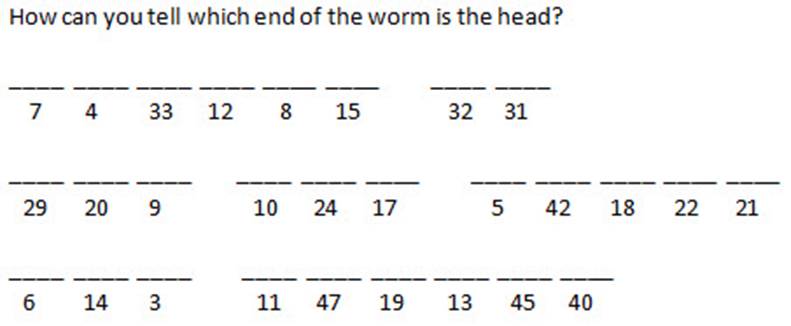
⠀⠀⠀⠀⠀⠀@.<,9 ? puzzle1 code numb]s pr9t$
⠀⠀⠀⠀"u da%es repres5t lrs4 ,9 brl1 a
⠀⠀⠀⠀hyph5 sep>ates ! numb]s ( ea* ^w2 a
⠀⠀⠀⠀space sep>ates ^ws4@.>
⠀⠀⠀⠀⠀⠀⠀⠀⠀⠀⠀⠀⠀⠀⠀⠀⠀⠀⠀⠀⠀⠀⠀⠀⠀⠀⠀⠀⠀⠀⠀⠀⠀⠀⠀⠀⠀⠀⠀⠀
,h[ c y tell : 5d ( ! worm is ! h1d8
⠀⠀⠀⠀⠀⠀⠀⠀⠀⠀⠀⠀⠀⠀⠀⠀⠀⠀⠀⠀⠀⠀⠀⠀⠀⠀⠀⠀⠀⠀⠀⠀⠀⠀⠀⠀⠀⠀⠀⠀
#g-#d-#cc-#ab-#h-#ae #cb-#ca #bi-#bj-#i
#aj-#bd-#ag #e-#db-#ah-#bb-#ba #f-#ad-#c
#aa-#dg-#ai-#ac-#de-#dj
e. Use uncontracted braille when coded puzzles are scrambled letters.
f. Grade 1 indicators may be required before single letters in the puzzle or key. (See Sample 19-3: Coded Letter Puzzle on page 19-13.)
g. Substitute an underscore for a blank space within a word.
(See Sample 19-4: Coded Number Riddle on page 19-14.)
19.4 Morse Code
4 Morse code dot
- Morse code dash
a. List symbols on the Special Symbols page or in a transcriber's note before the text.
b. Insert a blank cell between individual symbols for a word.
c. Insert three blank cells between words.
d. Line breaks are between words. Do not divide words between braille lines.
Example 19-2: Morse Code (Letters Added for Readability)

-- --- 4-4 444 4⠀⠀⠀-4-4 --- -44 4
a. Use a hyphen to connect the sounds of a single letter.
b. Use a space to separate the letters within words.
c. Follow print for punctuation.
d. Line breaks are between words. Do not divide words between braille lines.
Example 19-3: Morse Code with Word Sounds
dah-dah dah-dah-dah di-dah-dit di-di-dit
dit1 dah-di-dah-dit dah-dah-dah
dah-di-dit dit4
19.5 Crossword Puzzles
For puzzle format, see page t4.
a. Place the clues before the puzzle grid.
b. Format "Across" and "Down" as cell-5 headings.
c. Use 1-3 margins for the list of clues.
d. Present lists of answer words in uncontracted braille.
e. Give transcriber-assigned column letters and row numbers on the same line, after the clue.
f. The number of letters in the puzzle word may be enclosed in parentheses, at the end of each clue.
g. Enclose the transcriber-assigned column letters/row numbers, and the number of letters in the word, in an embedded transcriber's note.
Example 19-4: Embedded Transcriber's Note
#a4 ,p>5t's female * @.<a#a "<#h">@.>
a. Puzzles shaped to resemble a flower, animal, etc., are squared off and the shape is described in a transcriber's note.
b. Assign column letters (a-z) across the top of the puzzle grid (omit the grade 1 indicator) and number each row in the puzzle grid.
c. Represent each square to be filled in by a hyphen.
d. Represent each black square or blank space by a full cell.
e. When the puzzle is larger than 26 squares across, the second set of column letters is doubled, i.e., aa, bb, cc. These doubled letters require a two-cell column.
f. Transcribe letters included in the puzzle in their proper spaces without capitals or the grade 1 indicator.
g. Use the same number of spaces as there are squares in the puzzle; do not insert extra spaces.
h. When possible, place the grid on one page.
i. When the grid is too long for a page, repeat the column letters on line 1 on the next page (line 2 if a running head is used). The grid must allow space for the page number and the three blank cells preceding it. When it will not fit on the line with the page number, begin the grid on line 2.
j. When the grid is too wide for one page, place the grid on facing pages or continued pages. Explain the format in a transcriber's note. Sample:
The puzzle grid is too wide to fit on a single page. The grid appears across facing pages.
k. When the puzzle will not fit on a single braille page, place the grid and as many of the clues as possible on interpoint facing pages.
l. Insert a transcriber's note before the crossword puzzle. Sample:
In the following crossword puzzle, each clue is followed by a transcriber-assigned column letter and row number. Numbers in parentheses at the end of each clue indicate the number of letters in the puzzle word. The clue letter/number and number of letters in the word are enclosed in transcriber's note indicators. In the grid, a hyphen represents a square to be filled in, and a full cell represents an empty space.
(See Sample 19-5: Crossword Puzzle on page 19-18.)19.6 Word Puzzles and Letter Searches
a. Use uncontracted braille for word puzzles and word searches.
b. Insert the grade 1 passage indicator preceded by a blank line before the beginning of the puzzle to ensure it is read as individual letters. The dot locator for "use" is required before the grade 1 passage indicator, which might otherwise be misread because the symbols-sequence would contain no upper dot. Place the grade 1 terminator on the line following the puzzle (which also requires the dot locator for "use"). Insert a blank line to indicate the end of the puzzle. (See UEB, §3.14, Dot locator for "use.")
c. Insert a space between each letter. If a word puzzle or letter search will not fit on the braille page in this format, the space between letters may be omitted.
d. Do not leave blank lines between lines of the puzzle.
Example 19-5: Word Puzzle
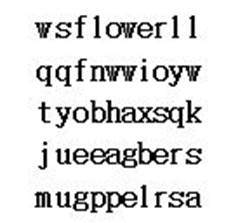
""=;;;
w s f l o w e r l l
q q f n w w i o y w
t y o b h a x s q k
j u e e a g b e r s
m u g p p e l r s a
""=;'
e. When a puzzle or letter grid requires more than one braille page, insert "(cont.)" in an embedded transcriber's note on the last line of each page of the puzzle (except the final page). Start the note in cell 1.
f. For irregularly shaped puzzles, do not insert spaces between letters; follow print for letter placement.
(See Sample 19-6: Shaped-Letter Puzzles on page 19-20.)
19.7 Sudoku
a. Use line mode for the horizontal and vertical lines forming the puzzle. (See UEB, §16, Line Mode, Guide Dots.)
b. Do not enclose the puzzle in boxing lines.
c. Separate each square by a space.
d. Indicate each empty square by an underscore.
(See Sample 19-7: Sudoku on page 19-22.)
19.8 Samples
Sample 19-2: Linear Key Format, page 19-12
Sample 19-3: Coded Letter Puzzle, page 19-13
Sample 19-4: Coded Number Riddle, page 19-14
Sample 19-5: Crossword Puzzle, page 19-18
Sample 19-6: Shaped Letter Puzzles, page 19-20
Sample 19-7: Sudoku, page 19-22
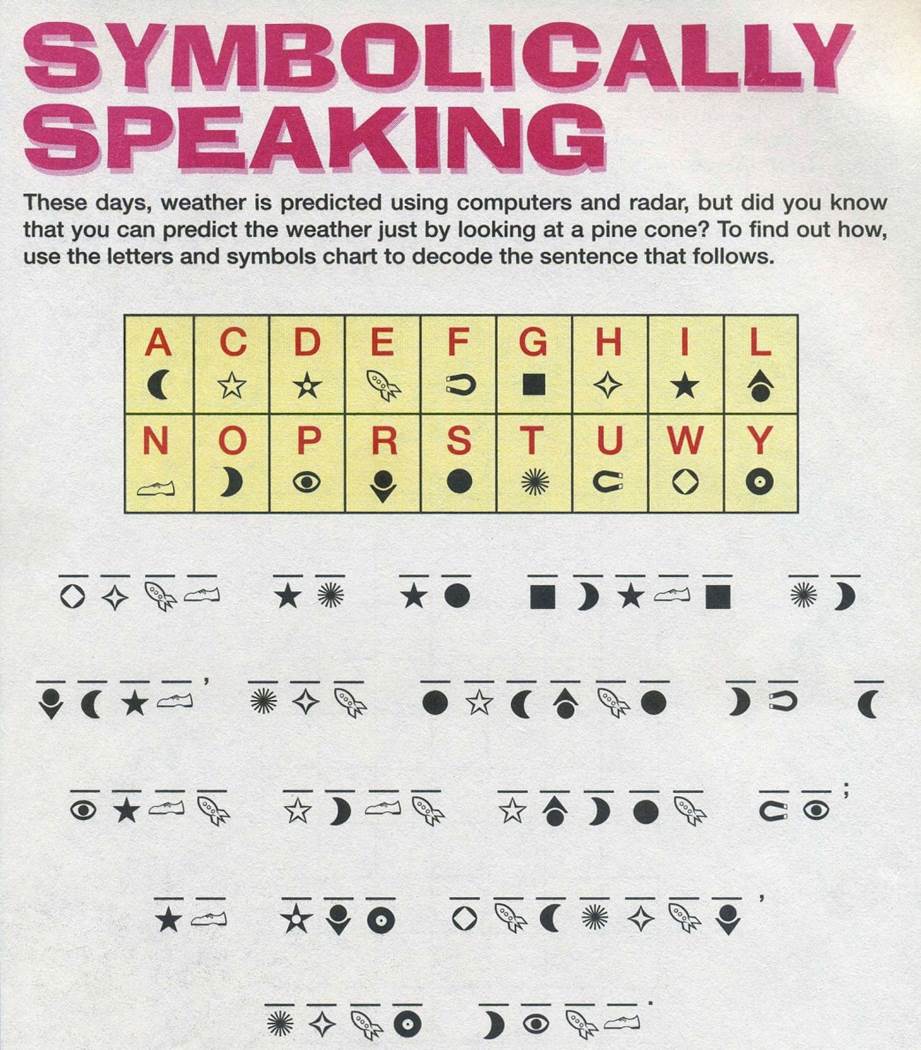
1⠀⠀⠀⠀⠀⠀⠀⠀⠀⠀,,symbolically ,,sp1k+ #,-
2⠀⠀⠀⠀⠀⠀⠀⠀⠀⠀⠀⠀⠀⠀⠀⠀⠀⠀⠀⠀⠀⠀⠀⠀⠀⠀⠀⠀⠀⠀⠀⠀⠀⠀⠀⠀⠀⠀⠀⠀⠀
3⠀⠀⠀⠀⠀,^! "ds1 w1!r is pr$ict$ us+
4⠀⠀⠀⠀⠀comput]s & rad>1 b did y "k t y c
5⠀⠀⠀⠀⠀pr$ict ! w1!r j by look+ at a p9e
6⠀⠀⠀⠀⠀c"o8 ,to f9d \ h[1 use ! lrs &
7⠀⠀⠀⠀⠀symbols *>t to decode ! s5t;e t
8⠀⠀⠀⠀⠀foll[s4
9⠀⠀⠀⠀⠀⠀⠀@.<,symbols >e 2l ea* lr 9 !
10 ⠀⠀⠀⠀*>t4 ,all ( ! lrs 9 ! code >e
11 ⠀⠀⠀⠀capitaliz$ 9 pr9t4@.>
12 ⠀⠀⠀⠀⠀⠀⠀⠀⠀⠀⠀⠀⠀⠀⠀⠀⠀⠀⠀⠀⠀⠀⠀⠀⠀⠀⠀⠀⠀⠀⠀⠀⠀⠀⠀⠀⠀⠀⠀⠀
13 ""=;;;
14 7777777777777777777777777777777777777777
15 a c d e f g h i l n o p r s t u w y
16 ! # $ % & * ( ) + = [ ] \ _ < > ? /
17 gggggggggggggggggggggggggggggggggggggggg
18 ⠀⠀⠀⠀⠀⠀⠀⠀⠀⠀⠀⠀⠀⠀⠀⠀⠀⠀⠀⠀⠀⠀⠀⠀⠀⠀⠀⠀⠀⠀⠀⠀⠀⠀⠀⠀⠀⠀⠀⠀
19 ?(%= )< )_ *[)=* <[ \!)=1 <(% _#!+%_ [&
20 ! ])=% #[=% #+[_% >]2 )= $\/ ?%!<(%\1
21 <(%/ []%=4
22 ""=;'
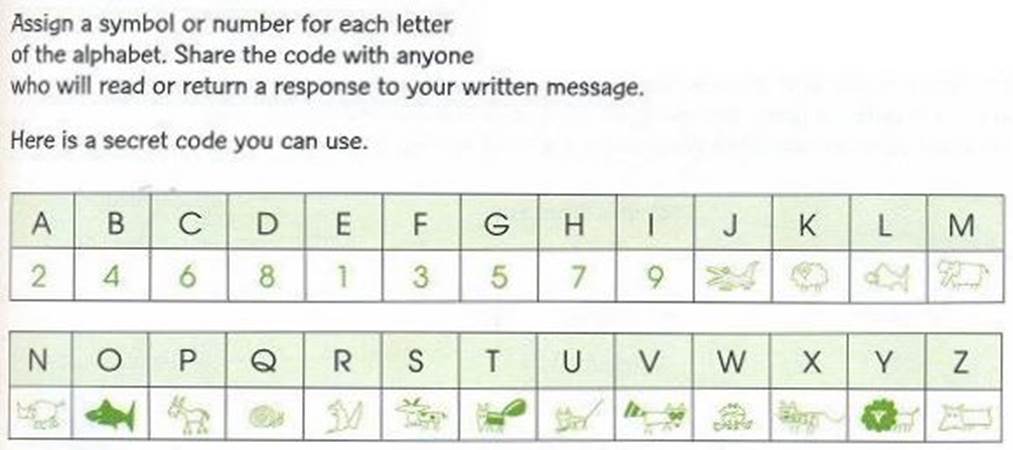
1⠀⠀⠀⠀⠀,assign a symbol or numb] = b#hd
2⠀⠀⠀⠀⠀ea* lr ( ! alphabet4 ,%>e ! code )
3⠀⠀⠀⠀⠀any"o :o w r1d or return a response
4⠀⠀⠀⠀⠀to yr writt5 message4
5⠀⠀⠀⠀⠀⠀⠀,"h is a secret code y c use4
6⠀⠀⠀⠀⠀⠀⠀@.<,! puzzle code symbols >e "u !
7⠀⠀⠀⠀⠀lrs4@.>
8⠀7777777777777777777777777777777777777777
9⠀""=;;;,,,
10 ⠀a b c d e f g h i j k l m n o
11 #b #d #f #h #a #c #e #g #i 1 2 3 4 5 6
12 ⠀⠀⠀⠀⠀⠀⠀⠀⠀⠀⠀⠀⠀⠀⠀⠀⠀⠀⠀⠀⠀⠀⠀⠀⠀⠀⠀⠀⠀⠀⠀⠀⠀⠀⠀⠀⠀⠀⠀⠀
13 p q r s t u v w x y z,'
14 7 8 9 0 / * & z _ ] (
15 ""=;'
16 gggggggggggggggggggggggggggggggggggggggg
17 ⠀⠀⠀⠀⠀⠀⠀⠀⠀⠀⠀⠀⠀⠀⠀⠀⠀⠀⠀⠀⠀⠀⠀⠀⠀⠀⠀⠀⠀⠀⠀⠀⠀⠀⠀⠀⠀⠀⠀⠀
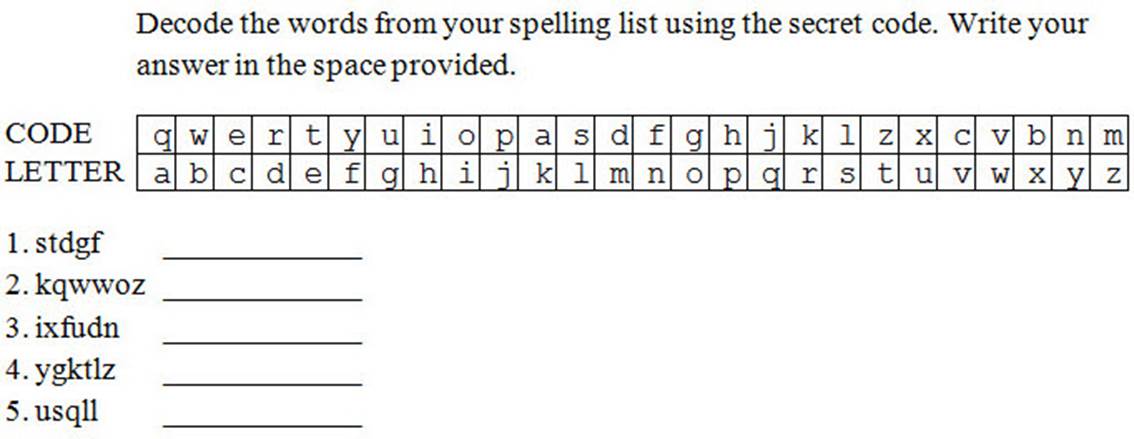
1⠀⠀⠀⠀⠀,decode ! ^ws f yr spell+ li/ #,-
2⠀⠀⠀⠀⠀us+ ! secret code4 ,write yr answ] 9
3⠀⠀⠀⠀⠀! space provid$4
4⠀⠀⠀⠀⠀⠀⠀⠀⠀⠀⠀⠀⠀⠀⠀⠀⠀⠀⠀⠀⠀⠀⠀⠀⠀⠀⠀⠀⠀⠀⠀⠀⠀⠀⠀⠀⠀⠀⠀⠀⠀
5⠀7777777777777777777777777777777777777777
6⠀""=;;;
7⠀,,code q w e r t y u i o p a s d f g h
8⠀,,letter a b c d e f g h i j k l m n o p
9⠀⠀⠀⠀⠀⠀⠀⠀⠀⠀⠀⠀⠀⠀⠀⠀⠀⠀⠀⠀⠀⠀⠀⠀⠀⠀⠀⠀⠀⠀⠀⠀⠀⠀⠀⠀⠀⠀⠀⠀⠀
10 ,,code j k l z x c v b n m
11 ,,letter q r s t u v w x y z
12 gggggggggggggggggggggggggggggggggggggggg
13 ⠀⠀⠀⠀⠀⠀⠀⠀⠀⠀⠀⠀⠀⠀⠀⠀⠀⠀⠀⠀⠀⠀⠀⠀⠀⠀⠀⠀⠀⠀⠀⠀⠀⠀⠀⠀⠀⠀⠀⠀
14 #a4 stdgf
15 #b4 kqwwoz
16 #c4 ixfudn
17 #d4 ygktlz
18 #e4 usqll
19 ""=;'
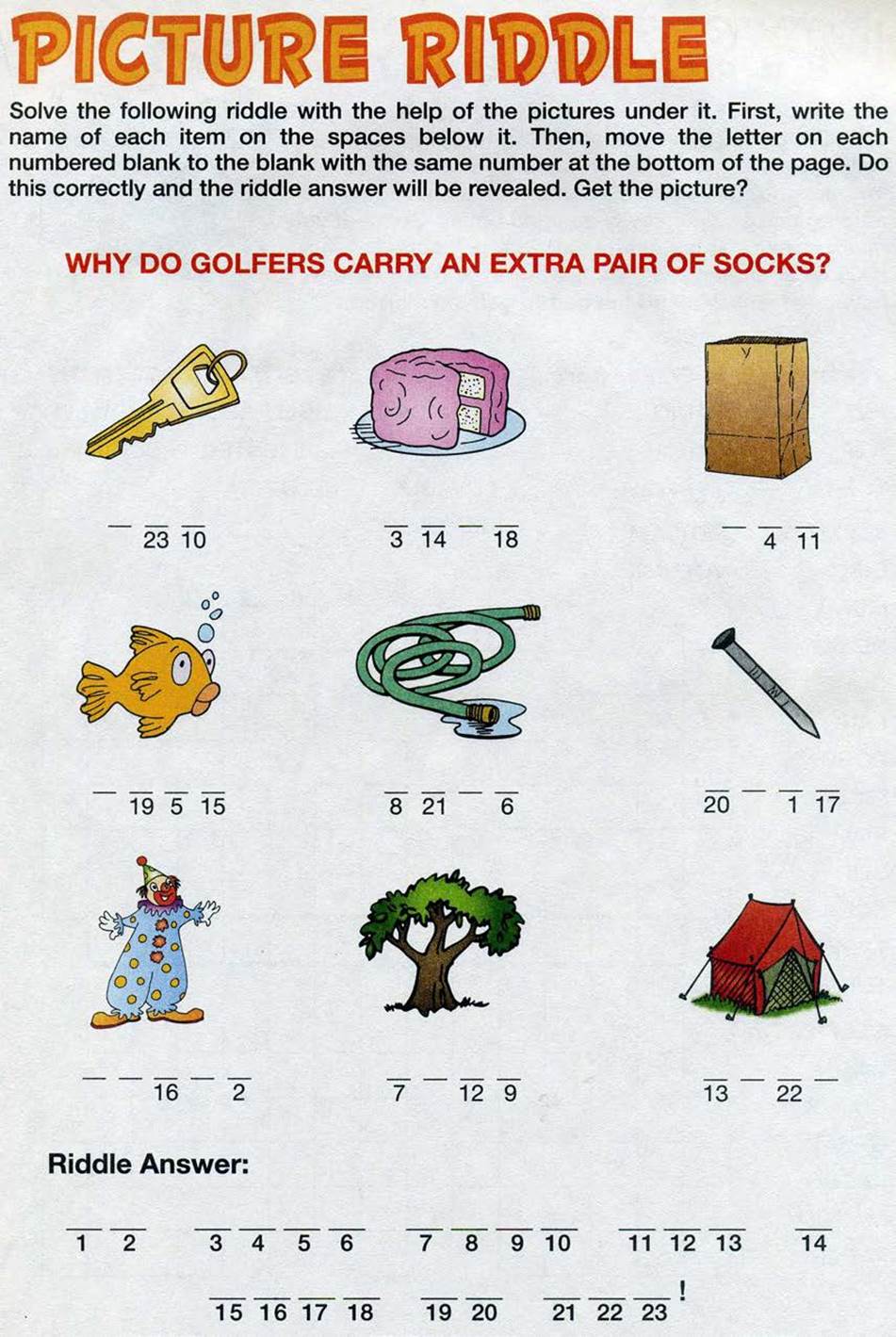
1⠀⠀⠀⠀⠀⠀⠀⠀⠀⠀⠀⠀,,picture ,,riddle #bi
2⠀⠀⠀⠀⠀⠀⠀⠀⠀⠀⠀⠀⠀⠀⠀⠀⠀⠀⠀⠀⠀⠀⠀⠀⠀⠀⠀⠀⠀⠀⠀⠀⠀⠀⠀⠀⠀⠀⠀⠀⠀
3⠀⠀⠀⠀⠀,solve ! foll[+ riddle ) ! help ( !
4⠀⠀⠀⠀⠀pictures "u x4 444
5⠀⠀⠀⠀⠀⠀⠀⠀⠀⠀⠀⠀⠀⠀⠀⠀⠀⠀⠀⠀⠀⠀⠀⠀⠀⠀⠀⠀⠀⠀⠀⠀⠀⠀⠀⠀⠀⠀⠀⠀⠀
6⠀⠀⠀⠀⠀,,,:y d golf]s c>ry an extra pair (
7⠀⠀⠀⠀⠀socks8,'
8⠀⠀⠀⠀⠀⠀⠀@.<,picture clues >e *ang$ to ^w
9⠀⠀⠀⠀⠀clues4 ,an "uscore is us$ to 9dicate
10 ⠀⠀⠀⠀unnumb]$ blanks4 ,! puzzle code
11 ⠀⠀⠀⠀symbols >e "u ! lrs4 ,a hyph5
12 ⠀⠀⠀⠀sep>ates symbols t =m a ^w4 ,spaces
13 ⠀⠀⠀⠀sep>ate ea* set ( symbols4@.>
—New Braille Page—
1⠀""=;;;⠀⠀⠀⠀⠀⠀⠀⠀⠀⠀⠀⠀⠀⠀⠀⠀⠀⠀⠀⠀⠀⠀⠀⠀⠀⠀⠀⠀⠀⠀a#bi2⠀k e y c a k e
3⠀.--#bc-#aj #c-#ad-.--#ah
4⠀⠀⠀⠀⠀⠀⠀⠀⠀⠀⠀⠀⠀⠀⠀⠀⠀⠀⠀⠀⠀⠀⠀⠀⠀⠀⠀⠀⠀⠀⠀⠀⠀⠀⠀⠀⠀⠀⠀⠀⠀
5⠀b a g f i s h
6⠀.--#d-#aa .--#ai-#e-#ae
7⠀⠀⠀⠀⠀⠀⠀⠀⠀⠀⠀⠀⠀⠀⠀⠀⠀⠀⠀⠀⠀⠀⠀⠀⠀⠀⠀⠀⠀⠀⠀⠀⠀⠀⠀⠀⠀⠀⠀⠀⠀
8⠀⠀h o s e n a i l
9⠀#h-#ba-.--#f #bj-.--#a-#ag
10 ⠀⠀⠀⠀⠀⠀⠀⠀⠀⠀⠀⠀⠀⠀⠀⠀⠀⠀⠀⠀⠀⠀⠀⠀⠀⠀⠀⠀⠀⠀⠀⠀⠀⠀⠀⠀⠀⠀⠀⠀
11 c l o w n t r e e
12 .--.--#af-.--#b #g-.--#ab-#i
13 ⠀⠀⠀⠀⠀⠀⠀⠀⠀⠀⠀⠀⠀⠀⠀⠀⠀⠀⠀⠀⠀⠀⠀⠀⠀⠀⠀⠀⠀⠀⠀⠀⠀⠀⠀⠀⠀⠀⠀⠀
14 ⠀t e n t
15 #ac-.--#bb-.-
16 ""=;'
17 ⠀⠀⠀⠀⠀⠀⠀⠀⠀⠀⠀⠀⠀⠀⠀⠀⠀⠀⠀⠀⠀⠀⠀⠀⠀⠀⠀⠀⠀⠀⠀⠀⠀⠀⠀⠀⠀⠀⠀⠀
18 ⠀⠀⠀⠀,riddle ,answ]3
19 #a-#b #c-#d-#e-#f #g-#h-#i-#aj
20 #aa-#ab-#ac #ad #ae-#af-#ag-#ah #ai-#bj
21 #ba-#bb-#bc6
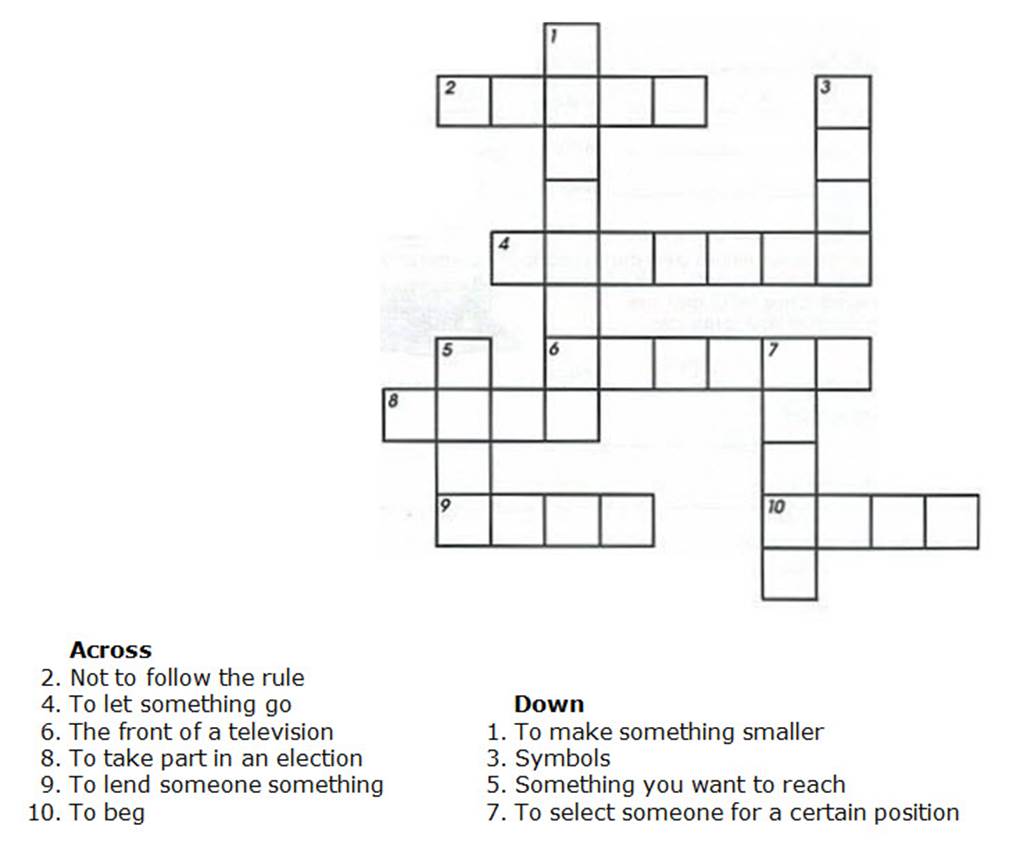
10 ⠀⠀⠀⠀⠀⠀@.<,9 ! foll[+ cross^w puzzle1 ea*
11 ⠀⠀⠀⠀clue is foll[$ by a transcrib]-
12 ⠀⠀⠀⠀assign$ column lr & r[ numb]4
13 ⠀⠀⠀⠀,numb]s 9 p>5!ses at ! 5d ( ea* clue
14 ⠀⠀⠀⠀9dicate ! numb] ( lrs 9 ! puzzle ^w4
15 ⠀⠀⠀⠀,! clue lett]_/numb] & numb] ( lrs 9
16 ⠀⠀⠀⠀! ^w >e 5clos$ 9 transcrib]'s note
17 ⠀⠀⠀⠀9dicators4 ,9 ! grid1 a hyph5
18 ⠀⠀⠀⠀repres5ts a squ>e to 2 fill$ in1 & a
19 ⠀⠀⠀⠀full cell repres5ts an empty
20 ⠀⠀⠀⠀space4@.>
—New Braille Page—
1⠀⠀⠀⠀⠀,acr #,-2⠀#b4 ,n to foll[ ! rule @.<b#b "<#e">@.>
3⠀#d4 ,to let "s?+ g @.<c#e "<#g">@.>
4⠀#f4 ,! front ( a televi.n @.<d#g
5⠀⠀⠀"<#f">@.> 444
6⠀⠀⠀⠀⠀⠀⠀⠀⠀⠀⠀⠀⠀⠀⠀⠀⠀⠀⠀⠀⠀⠀⠀⠀⠀⠀⠀⠀⠀⠀⠀⠀⠀⠀⠀⠀⠀⠀⠀⠀⠀
7⠀⠀⠀⠀⠀,d[n
8⠀#a4 ,to make "s?+ small] @.<d#a
9⠀⠀⠀"<#h">@.>
10 #c4 ,symbols @.<i#b "<#d">@.>
11 #e4 ,"s?+ y want to r1* @.<b#g "<#d">@.>
12 444
13 ⠀⠀⠀⠀⠀⠀⠀⠀⠀⠀⠀⠀⠀⠀⠀⠀⠀⠀⠀⠀⠀⠀⠀⠀⠀⠀⠀⠀⠀⠀⠀⠀⠀⠀⠀⠀⠀⠀⠀⠀
14 ⠀⠀⠀⠀abcdefghijk
15 #a ===-=======
16 #b =-----==-==
17 #c ===-====-==
18 #d ===-====-==
19 #e ==-------==
20 #f ===-=======
21 #g =-=------==
22 #h ----===-===
23 #i =-=====-===
24 #aj =----==----
25 #aa =======-===
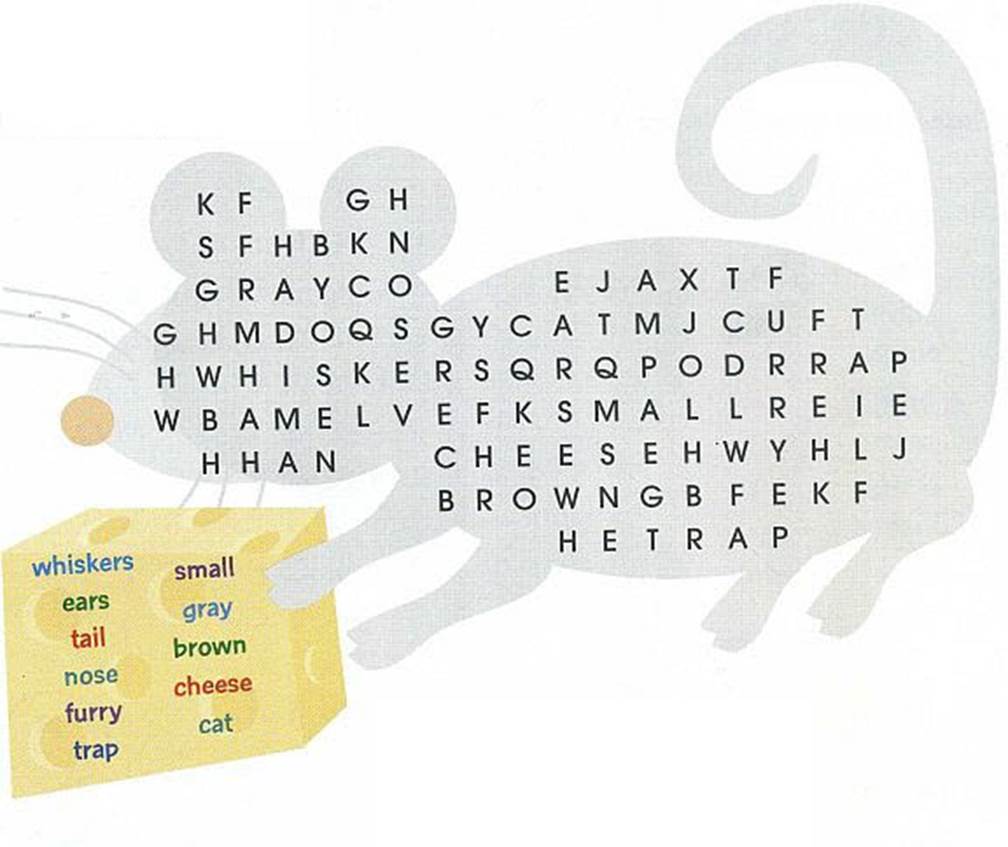
1⠀whiskers small #,-
2⠀ears gray
3⠀tail brown
4⠀nose cheese
5⠀furry cat
6⠀trap
7⠀⠀⠀⠀⠀⠀⠀⠀⠀⠀⠀⠀⠀⠀⠀⠀⠀⠀⠀⠀⠀⠀⠀⠀⠀⠀⠀⠀⠀⠀⠀⠀⠀⠀⠀⠀⠀⠀⠀⠀⠀
8⠀⠀⠀⠀⠀⠀⠀@.<,! puzzle is %ap$ l a m\se4@.>
9⠀⠀⠀⠀⠀⠀⠀⠀⠀⠀⠀⠀⠀⠀⠀⠀⠀⠀⠀⠀⠀⠀⠀⠀⠀⠀⠀⠀⠀⠀⠀⠀⠀⠀⠀⠀⠀⠀⠀⠀⠀
10 ""=;;;,,,
11 ⠀kf gh
12 ⠀sfhbkn
13 ⠀grayco ejaxtf
14 ghmdoqsgycatmjcuft
15 hwhiskersqrqpodrrap
16 wbamelvefksmallreie
17 ⠀hhan cheesehwyhlj
18 ⠀⠀⠀⠀⠀⠀⠀browngbfekf
19 ⠀⠀⠀⠀⠀⠀⠀⠀⠀⠀hetrap
20 ""=,';'
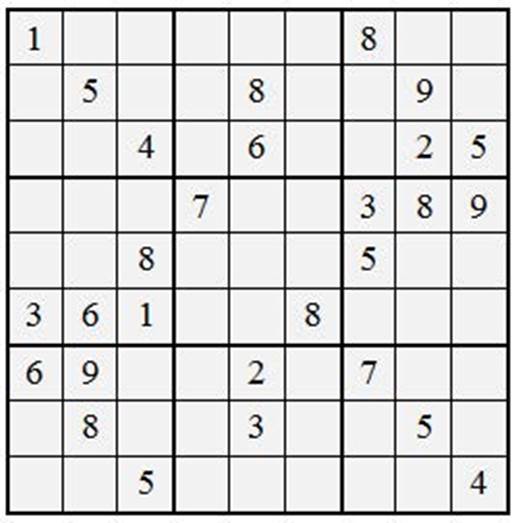
5⠀#a .- .- _ .- .- .- _ #h .- .-
6⠀.- #e .- _ .- #h .- _ .- #i .-
7⠀.- .- #d _ .- #f .- _ .- #b #e
8⠀"33333333w3333333333w333333333
9⠀.- .- .- _ #g .- .- _ #c #h #i
10 .- .- #h _ .- .- .- _ #e .- .-
11 #c #f #a _ .- .- #h _ .- .- .-
12 "33333333w3333333333w333333333
13 #f #i .- _ .- #b .- _ #g .- .-
14 .- #h .- _ .- #c .- _ .- #e .-
15 .- .- #e _ .- .- .- _ .- .- #d